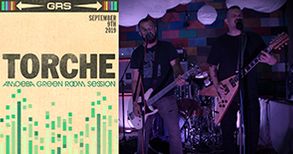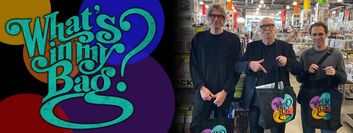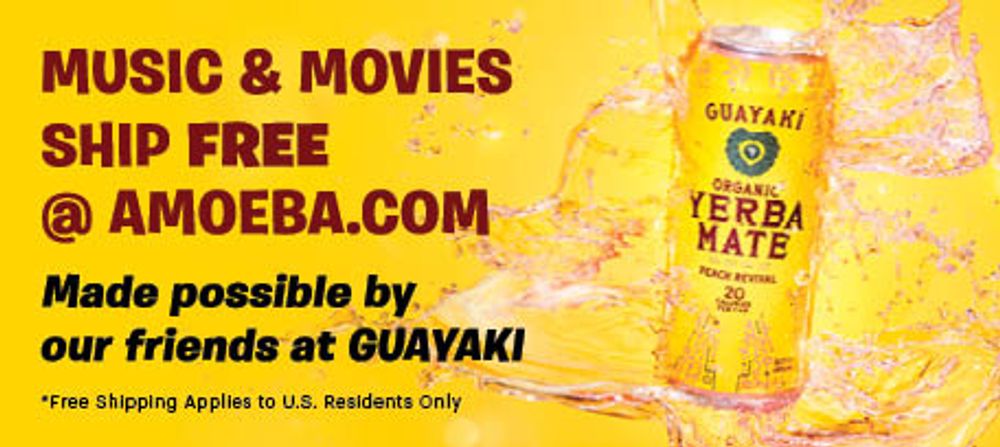What's New
View All-
New Music We Like Lists
Check out our staff’s new Music We Like lists of their favorite music & movies for Spring 2024. View
Sell Us Your Vinyl!
Amoeba Hollywood needs your vinyl records. Top prices paid! View
Where To Park at Amoeba Hollywood
Amoeba Hollywood validates 75 minutes with purchase for the parking garage at the El Centro complex. Enter on on Argyle, just half a block south of Amoeba. View
-
Free U.S. Shipping
We're excited to announce that Guayakí Yerba Mate is our brand new free shipping sponsor! Music and movies ship free to the U.S. thanks to their help. View
Job Opportunities at Amoeba
Want to work at Amoeba? Take a look at the current job openings at our Hollywood and San Francisco stores. View
View More
Live at Amoeba
View All-
Watch Miami rock band Torche perform a loud, heavy set from their fifth album Admission live in the Amoeba Hollywood Green Room!

WILLOW
May 14th 5pm - Hollywood
Combo
May 14th 5pm - San Francisco
Miko Marks
May 19th 3pm - San Francisco
Wallows LP Signing - SOLD OUT!
May 28th 4pm - Hollywood
-

Shout Sister Shout (CD)
Ghalia Volt
Ghalia Volt has to be one of the most electrifying, innovative artists working in blues today. On Shout Sister Shout , the Belgian-born guitarist and singer creates smokey, scorching hot tracks that'll keep listeners coming back for more. The album calls to mind some of the all-time great modern blues artists while adding some distinctive, unexpected flair all Volt's own: it's perhaps no surprise she grew up listening to punk before getting into rockabilly and psychobilly and discovering the blues. Shout Sister Shout is guaranteed to heat up your day.
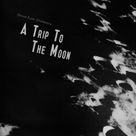
A Trip To The Moon (LP)
Ghost Funk Orchestra
Apparently, the moon has gotten a whole lot funkier since mankind's last visit! New York psych-funk group Ghost Funk Orchestra's fourth album, A Trip To The Moon , takes you on an immersive, psychedelic mission to Earth's closest companion. Foot-tapping percussion rhythms, vibrant horns, and fluid vocals are accompanied by archived NASA sound bites that assist in launching listeners into the space-bound theme of the project. Energetic and exciting from top to bottom, this album is an ideal summer afternoon spin.
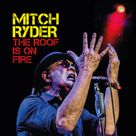
The Roof Is On Fire (CD)
Mitch Ryder
The inimitable Mitch Ryder delivers on a dose of what makes his work so unforgettable on The Roof is on Fire . This essential double live album features covers (Bob Dylan's "Subterranean Homesick Blues") and Ryder classics ("Betty's Too Tight"). The melodies are blistering, gritty, and guaranteed to turn up the heat. Ryder is a legend and The Roof Is on Fire is a fitting celebration of his storied career.

empathogen [w/Poster] (CD)
WILLOW
WILLOW's empathogen is a heartfelt and bold sonic step forward. Moving away from her earlier pop and pop-punk sounds, WILLOW now leans into a jazz vibe that's alternatively theatrical and spectacular, alternative and authentic. She's joined by Jon Batiste and St. Vincent on these lush, splendidly arranged tracks. Lead single "b i g f e e l i n g s" is a fantastic indicator of the temperature, virtuosity, and emotional pitch of empathogen : every element of this show-stopping album is just straight up bigger and more brilliant than everyday life.
-

Powders (LP)
Eartheater
An alchemic melding of musical styles is Eartheater's comfort zone, and she makes it shine on Powders . Electro hip-hop beats and multi-instrumentation are laid bare under her breathy, dreamlike vocals. Pop banger "Pure Smile Snake Venom" and her hauntingly beautiful take on System of a Down's "Chop Suey" are standouts on this musical mosaic.

Push [Red Vinyl] (LP)
Sextile
Scuzzy, hedonistic, and ridiculously fun, Push is Sextile's first release for Sacred Bones. Long an LA underground mainstay, the band sounds better than ever as it descends in darkly pleasurable new directions, cranking up the volume on an unholy mixture of '90s Manchester, bigbeat, breakbeat, acid, post-punk and punk rock. This is music for 3am, with all its possibilities, wooziness, latent drama, and the inevitable comedown. Sextile has always received a serious amount of buzz, so if you're one of those people that gets turned off by hype, you'll just need to hear this one to believe that it's well-earned. A breath of fresh night air.
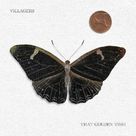
That Golden Time [Gold Vinyl] (LP)
Villagers
That Golden Time is a fitting name for the latest from Dublin's Villagers. Singer/songwriter/instrumentalist Conor O'Brien writes warm, hazy, dreamy indie folk that sounds like the perfect soundtrack to a sunny summer day lounging in a field and watching clouds. The melodies range from lilting and wistful to downbeat and gripping. It is, as you may have guessed, an achingly lovely album. Intimate and introspective, Villagers just capture something about the poignancy of temporality and the everyday beauty of life in these songs.

The Collective (CD)
Kim Gordon
Legendary musician and artist Kim Gordon's second solo album continues her collaboration with producer Justin Raisen (Lil Yachty, John Cale, Yeah Yeah Yeahs) and advances their joint world building. Raisin's damaged, blown-out dub and trap constructions work as a foil to Gordon's word collages and mantras, conjuring themes of our modern world's dysfunctions with communication, commercial sublimation, and sensory overload. Gordon is here to disrupt and we like it.
-

Welcome Home [Evergreen Vinyl] (LP)
Gareth Donkin
Twenty-three-year-old Brit Gareth Donkin makes a remarkable debut on Welcome Home . This smooth, soulful album would've absolutely ruled the airwaves in 1982; Donkin's voice and sound feels like he's the spiritual progeny of the inimitable Michael Jackson, with a little bit of Jamiroquai and Bill Evans thrown into the mix. The tracks are romantic, easygoing, and funky, with elements of jazz, hip-hop, and yacht rock thrown into the groove. This is the type of album that sets the tone, and if the one you're looking for is effortlessly cool, Welcome Home deserves a spin.
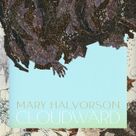
Cloudward (CD)
Mary Halvorson
An album primed for urban wandering, structure and improvisation meld on Mary Halvorison's Cloudward . While her sextet evokes the liveliness and curiosity experienced on a bustling city street, it's her compositional texture that stands out in the crowd. Halvorson's idiosyncratic rhythmic style and compositional skills are on full display on this album. Brimming with breathtaking spontaneity, warm passages, and unique rhythms, this contemporary jazz album constructs a scene in motion.
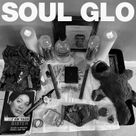
Diaspora Problems (CD)
Soul Glo
Philly four-piece Soul Glo have created a beast of an album with their first for Epitaph, Diaspora Problems . This is hardcore in the purest sense of the genre: all rage, frenetic riffs, abrasive vocals, relentless percussion, and incisive takedowns of politics, society, and oppression from a Black punk POV. The record isn’t just radical politically, it’s also radical in its vulnerability and its honesty. Loud, fast, and infuriated, Diaspora Problems is one of the year’s best.

Get Goin' (CD)
Katie Henry
Blues rock dynamo Katie Henry solidifies herself as a standout voice on her third solo album Get Goin '. The New Jersey native showcases her compelling songwriting and versatile vocal performances from start to finish. From the fiery, rebellious, hard hittin' lyrics on opener, "Love Like Kerosene" to the heartfelt, raw, and nuanced songwriting on ballad "A Doll's Heart," Henry effortlessly weaves together a range of emotions throughout the tracklist. Get Goin' is a breath of fresh air for blues rock.












